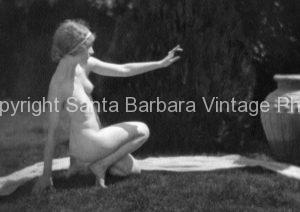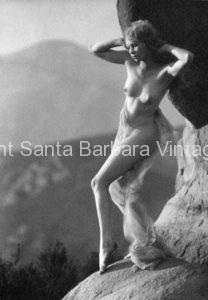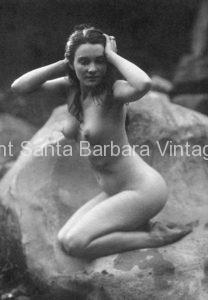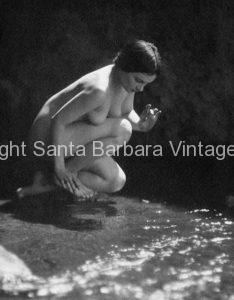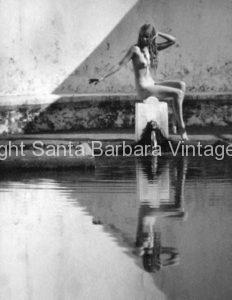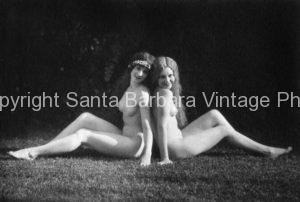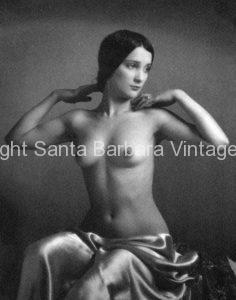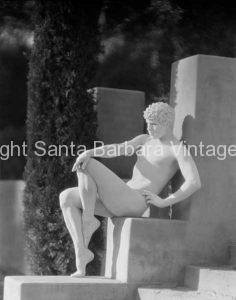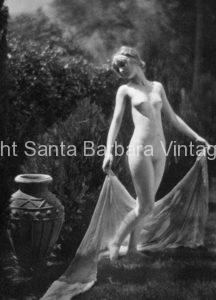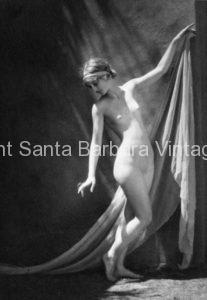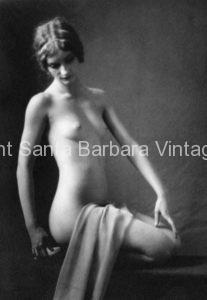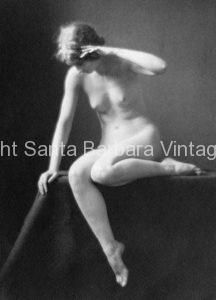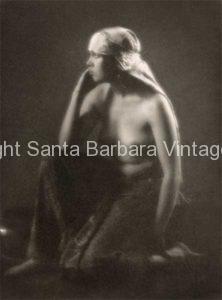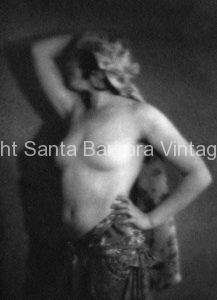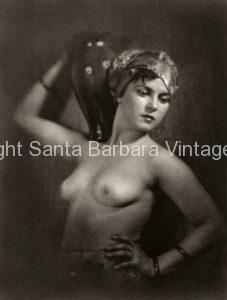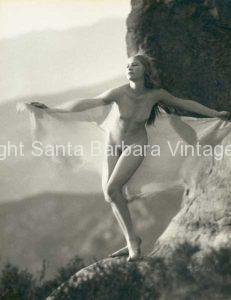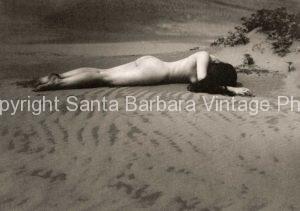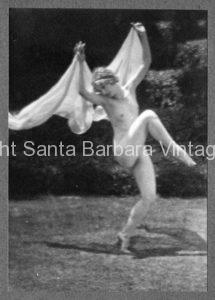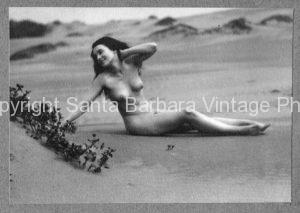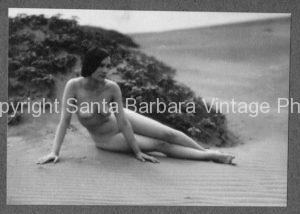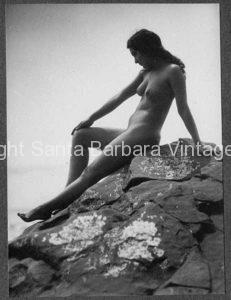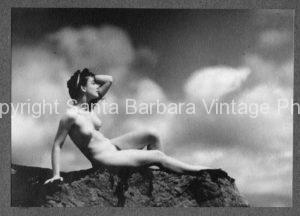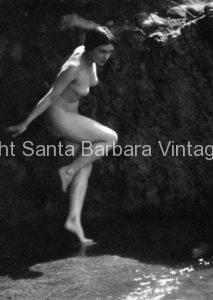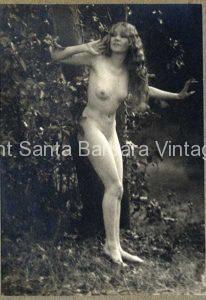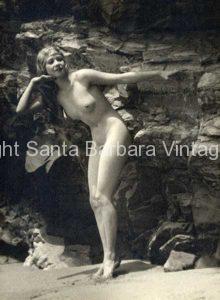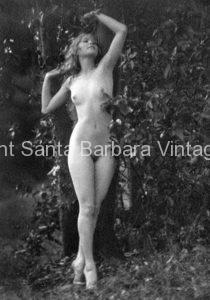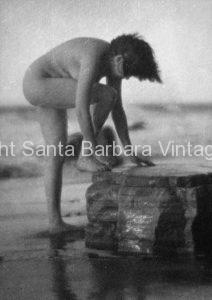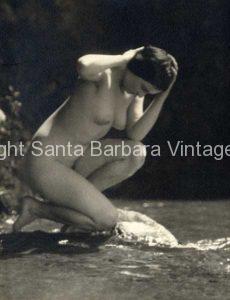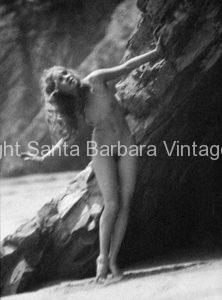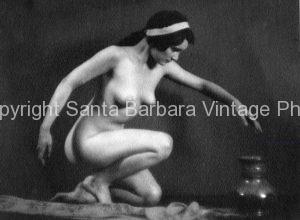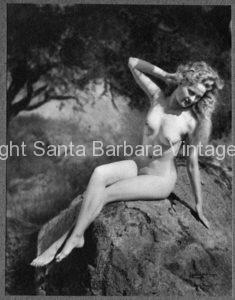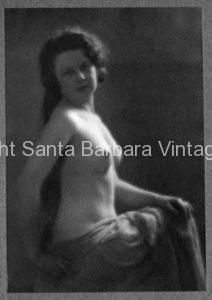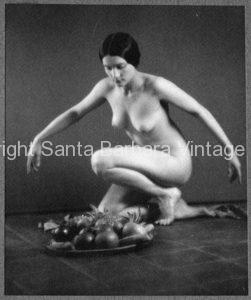About James Walter Collinge
b. Glendive, Montana 1883
d. Santa Barbara, California 1964

Contact Us
J. Walter Collinge, Santa Barbara’s master photographer of the early 1900’s, captured the spirit and natural beauty of the region and its people in his exquisite collection of black and white photographs. Recognized by the Smithsonian Museum for his artistry, his body of work provides a rare glimpse into the heritage of the city, and the work of its most notable artists, architects and society leaders.
J. Walter’s work was extensively exhibited at both national and international shows and exemplifies the romantic images of the Pictorialist Movement in America during the era. His photographs have been displayed at the U.S. National Museum, the 1930 Exhibition of American Pictorial Photography, and the Royal Photographic Society of Great Britain 1934 among others.
The leading-edge artists of the time were J. Walter’s most prolific inspiration. He extensively photographed the Ruth St. Denis dancers, including Ruth St. Denis who became a founding artist at the Julliard School of Music after her major patron, Henry Harris, was lost on the Titanic in 1912. J. Walter’s single most famous photograph, the “Fairy Ring” with Doris Humphrey, of the Ruth St. Denis dancers, gained international fame.

J. Walter also enjoyed capturing the gardens and homes of SantaBarbara’s largest and most spectacular estates and gardens of the time. He worked with architects including George Washington Smith,Plunkett & Edwards, and Lockwood Deforest photographing the homes and gardens they designed. In fact, many of J. Walter’s photographs are part of the Smithsonian Archives of American Gardens.
In addition to photographing Max Fleischman’s home and garden, he also recorded the delicious decadence of Fleischman’s prestigious yacht, the “Haida.” An avid sailor himself, J. Walter’s photographs of the Channel Islands and tall ships are remarkable. He also loved to photograph the automobiles of the era.
Through their operation of several photography studios in now-historic locations within Santa Barbara, J. Walter and his wife were the leaders of the area’s photography movement for several decades. J. Walter’s legacy is secured by the artistry he employed to capture the feeling of the area’s people and places that make up Santa Barbara’s heritage. His work provides an immediate view to a time that was simpler, slower, and more beautiful.
